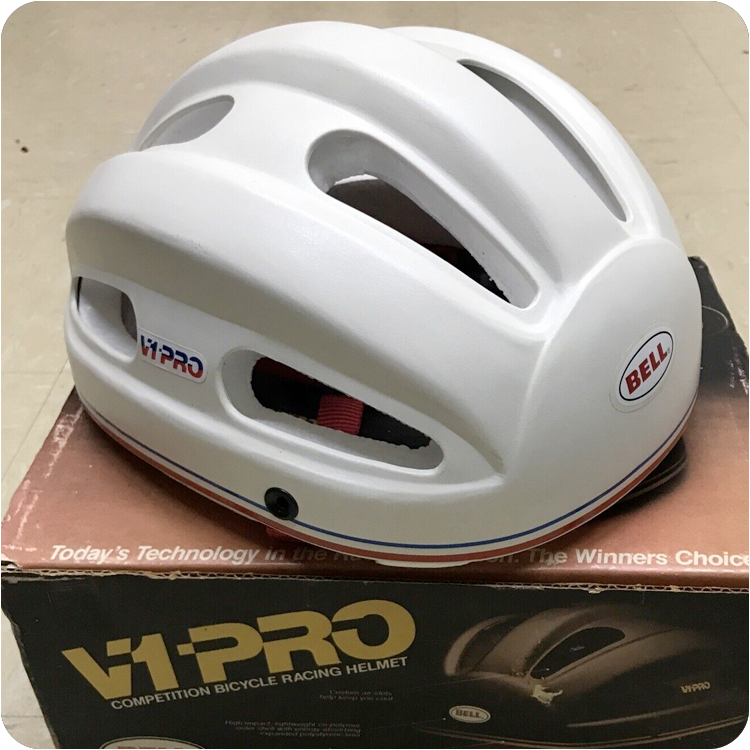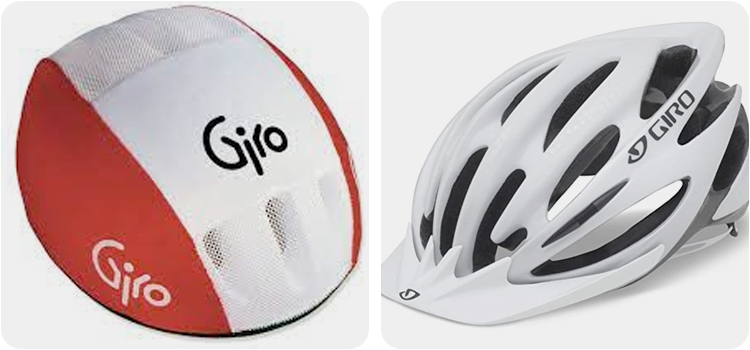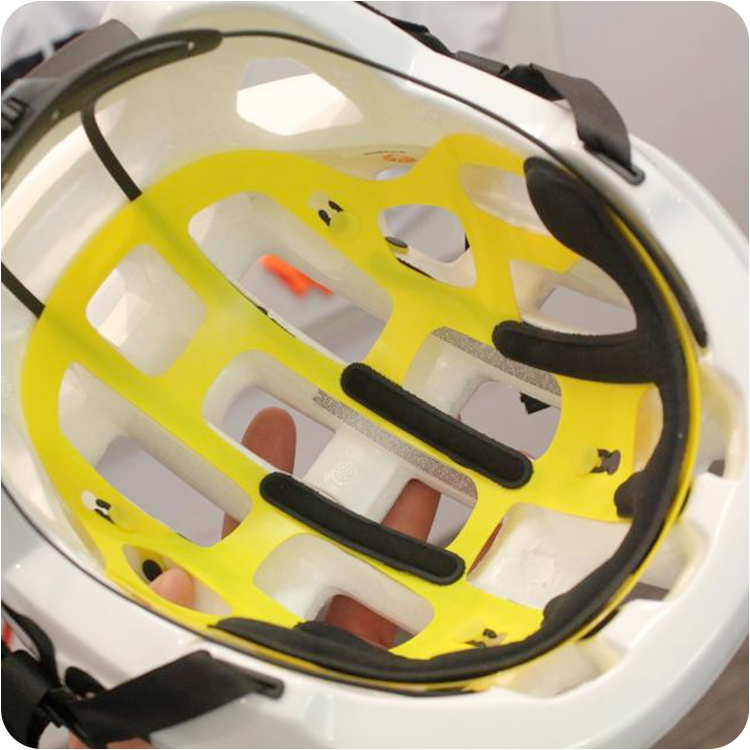By: A.V. Schmit | Colorado Avid Cyclist

When cycling first got started, much like other sports, safety was not of paramount concern. In the 1870s and 1880s, the years of the penny-farthing, riders wore a suit and tie and perhaps a bowler hat. Not much protection.
After the invention of the chain and gears, the advent of the so-called “safety-bike,” riders / racers wore a thin cap with a short bill. This offered no more protection than a dress hat, but it did provide a little shade for the eyes and was not as easily dislodged by a gust of wind.

Then came the tubular leather helmet, affectionately known as a “leather hairnet.” While it did offer some crash protection for the rider, tubes of leather filled with in most cases saw dust could never be confused with the crash protection of a modern hi-tech bike helmet. Still, it was better than nothing.
It was most often combined with a cycling cap, as the gaps in the tubes often let hair get tangled up in the webbing.
One of the last professional cyclists to don the tubular leather helmet was 1983-84 Tour De France Champion, Laurent Fignon, who let his by then thinning blonde hair catch the breeze through his helmet. It wasn’t long after his retirement that the age of the modern cycling helmet began.

The first major advance in bicycle helmets came in the form of the Bell V1-Pro. A wildly oversized co-polymer shell with an EPS (Expanded Polystyrene) foam inner lining. This helmet, which debuted in 1983, came in either white or black. It weighed a ton, literally straining your neck muscles on even moderate mileage rides, but it did offer the most protection of any bike helmet yet devised.
You may have even seen one in action if you, like me, old enough to have watched The Superstars back in the day. They were mandatory for the “bike race” portion of the made-for-tv competition that took place on a running track with single-speed AMF road bikes. You can find excerpts on YouTube if you are interested.

The Giro Prolite could be considered the first real game-changer in bike helmets. It debuted at the Long Beach Bike Show in 1986 and was the first all EPS-foam helmet and the brainchild of Jim Gentes, the founder of Giro Sport Design.

“If you’ve been a cyclist for as long as I have, you will no doubt remember the bright red and white nylon cover that came with the first generation of the helmet. It made you look rather like a mushroom in Super Mario Brothers, but it was far lighter than a Bell V1-Pro or the Vetta Corsa, and reasonably well vented. Plus, not being a solar radiation absorbing black furnace like the V1-Pro made it far cooler.”
It wasn’t long before Giro started thinking about aerodynamics, three years to be exact, when they released the Aerohead, famously worn by American Greg LeMond in the final time trial in the 1989 Tour De France.
Down by 50 seconds at the beginning of the final time trial, to nonother than the aforementioned Lauren Fignon, LeMond was able to undercut the Frenchman’s time by 58 seconds, securing himself victory by 8-seconds. The closest in Tour De France history.
Bike racing pundits have long speculated that the 8-second margin of victory could be attributed to the aerodynamics of the American’s helmet and handlebar extensions.

The next major revolution in bike helmets came in the form of helmets like the Giro Pneumo. An EPS foam core is surrounded by a thin polycarbonate shell, all created in-mold, rather than two separate components being connected after the individual manufacturing processes.
By adding features such as the Roll Cage™ – an interlocking matrix of Dupont Nylon ribs inside the foam, akin to rebar in concrete — Giro was able to make the helmet’s support structures narrower to allow increased airflow and cooling. The helmet also featured the fifth generation of their proprietary Roc Loc® helmet retention system.

MIPS (Multi-directional Impact Protection System) is the bicycle industry’s answer to mitigating rotational forces on the brain in the event of a crash. The technology represents the marriage of academic research and industrial engineering.
The research, begun in Stockholm in 1995, was led by Hans von Holst, a practicing neurosurgeon, and Peter Halldin, an engineer with a background in aeronautics. Von Holst had witnessed numerous Traumatic Brain Injuries (TBIs) while performing brain surgeries on his patients. This inspired him to begin looking for ways to mitigate these types of injuries.
Halldin then commenced a PhD program studying biomechanics in order to investigate the problem and work on engineering a solution. Together they identified the way the dura membrane was critical to the brain’s ability to slide within the skull in order to prevent concussions.
They hypothesized, if a low-friction area could be created between the head and the helmet, rotational force, especially from an oblique (or angular) impact like that of a cyclist falling off a bicycle, could be reduced. They enlisted the help of Nigel Mills, who had access to the types of testing equipment they would need to prove their theory was correct.
The results of their research, a 50% reduction in rotational forces as a result of a crash. This led them to publish their results in 2001 and apply for a patent in 2002 which was granted in 2003.
Scott was the first helmet manufacturer to integrate Mips® into their ARX helmet design, with other manufactures soon to follow. Now, Giro, Bell, Scott, POC and other manufacturers have integrated Mips® into their helmet designs.
We’ve come a long way from tubes of leather filled with saw dust and held on with elastic. Whatever the future of bike helmets brings, the only helmet that works is the one that you wear.


